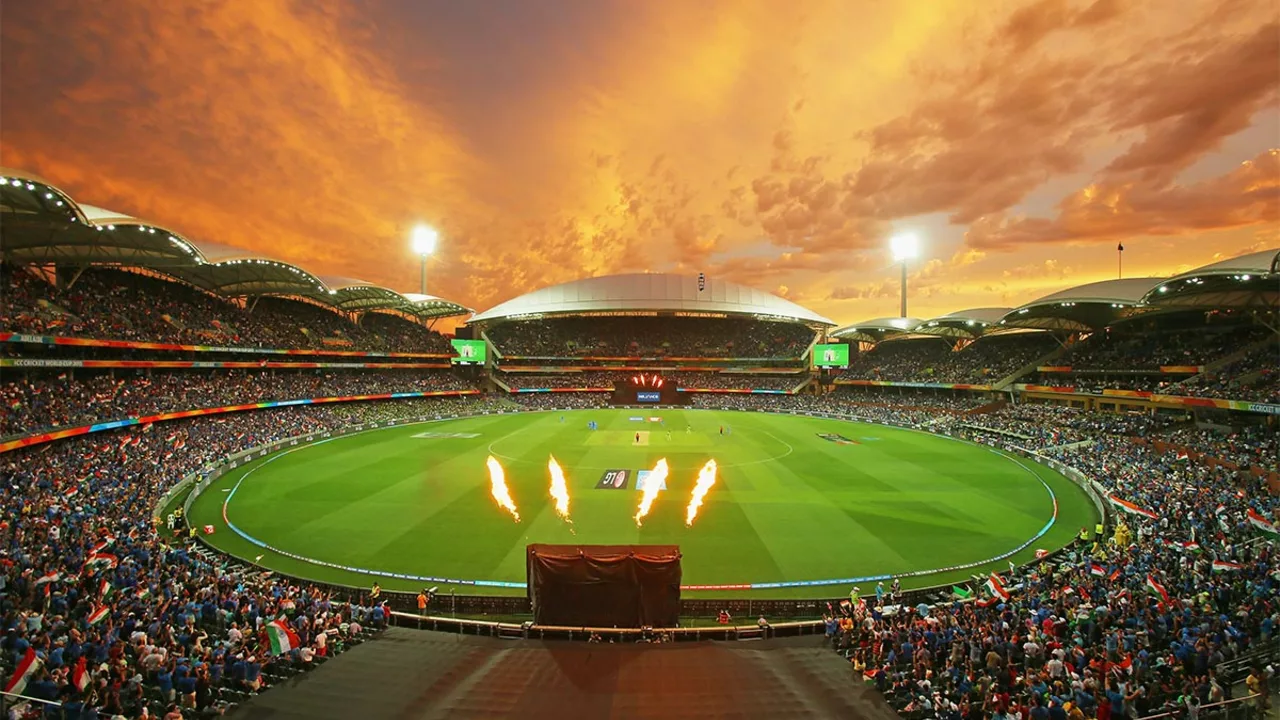Sports Infrastructure – Why Good Facilities Matter for Cricket
Ever wonder why some matches feel electric while others fall flat? The secret often lies in the infrastructure. From a well‑maintained pitch to comfortable seating, the right setup can turn a regular game into a memorable event. On Cricket Cup Central we’ve seen how better grounds boost player confidence, attract bigger crowds, and even raise the level of competition.
Key Elements of Modern Cricket Infrastructure
First up, the pitch. A balanced surface—neither too fast nor too slow—lets both batters and bowlers showcase their skills. Groundskeepers use a mix of soil types, proper grading, and regular rolling to keep the bounce predictable. Adding a rain‑proof cover system means play can continue even when the weather turns nasty.
Next, the outfield. A smooth, well‑grassed outfield reduces injuries and helps fielders chase balls efficiently. Regular mowing, aeration, and watering keep the grass healthy and fast. Many top stadiums now install drainage layers beneath the turf, so water disappears quickly and matches don’t get delayed.
Stadium seating and amenities also count. Fans expect clear sightlines, clean restrooms, and quick food service. Modern venues incorporate modular seating that can be reconfigured for different formats—Test matches need a quieter atmosphere, while T20 festivals thrive on lively crowds. Adding big screens and reliable Wi‑Fi keeps fans engaged, whether they’re at the ground or sharing moments online.
Lighting is another game‑changer. Powerful LED floodlights let matches run into the night without compromising visibility. Properly positioned lights eliminate shadows that can confuse batsmen and bowlers. Energy‑efficient systems also lower operating costs, making night games more sustainable.
Boosting Fans and Players with Better Facilities
Good infrastructure does more than improve the on‑field action; it builds a community. When local schools get access to practice nets and small‑sided pitches, youth participation spikes. Clubs that invest in coaching rooms and gym spaces see players develop faster, leading to stronger regional teams.
For fans, a comfortable environment means longer stays and higher spending. Simple upgrades—like shaded stands, clear signage, and mobile ticket scanning—make the visit hassle‑free. When supporters enjoy the experience, they’re more likely to return and bring friends, growing the fan base organically.
From a business standpoint, upgraded venues attract sponsors who want visibility in a polished setting. Corporate boxes, branded LED boards, and naming rights generate extra revenue that can be fed back into ground maintenance and community programs.
In short, investing in sports infrastructure is a win‑win. Players get the conditions they need to perform, fans enjoy a better match day, and clubs reap financial benefits. If you’re looking to raise the profile of cricket in your area, start by assessing the pitch, outfield, seating, lighting, and auxiliary facilities. Small, strategic improvements can create a ripple effect that lifts the entire cricket ecosystem.
Why there are three or more pitches in each Cricket ground?
In my latest blog post, I delved into the intriguing question of why there are three or more pitches in each cricket ground. It turns out, each pitch offers a different playing experience based on the wear and tear it undergoes, thus allowing diversity in the game. It also enables groundsmen to prepare and maintain pitches efficiently without overusing a single pitch. Moreover, multiple pitches ensure there's always a backup available in case of unexpected damage. So, the multi-pitch setup isn't just a random design choice, but a strategic move to enhance the dynamics of the game.
Details +